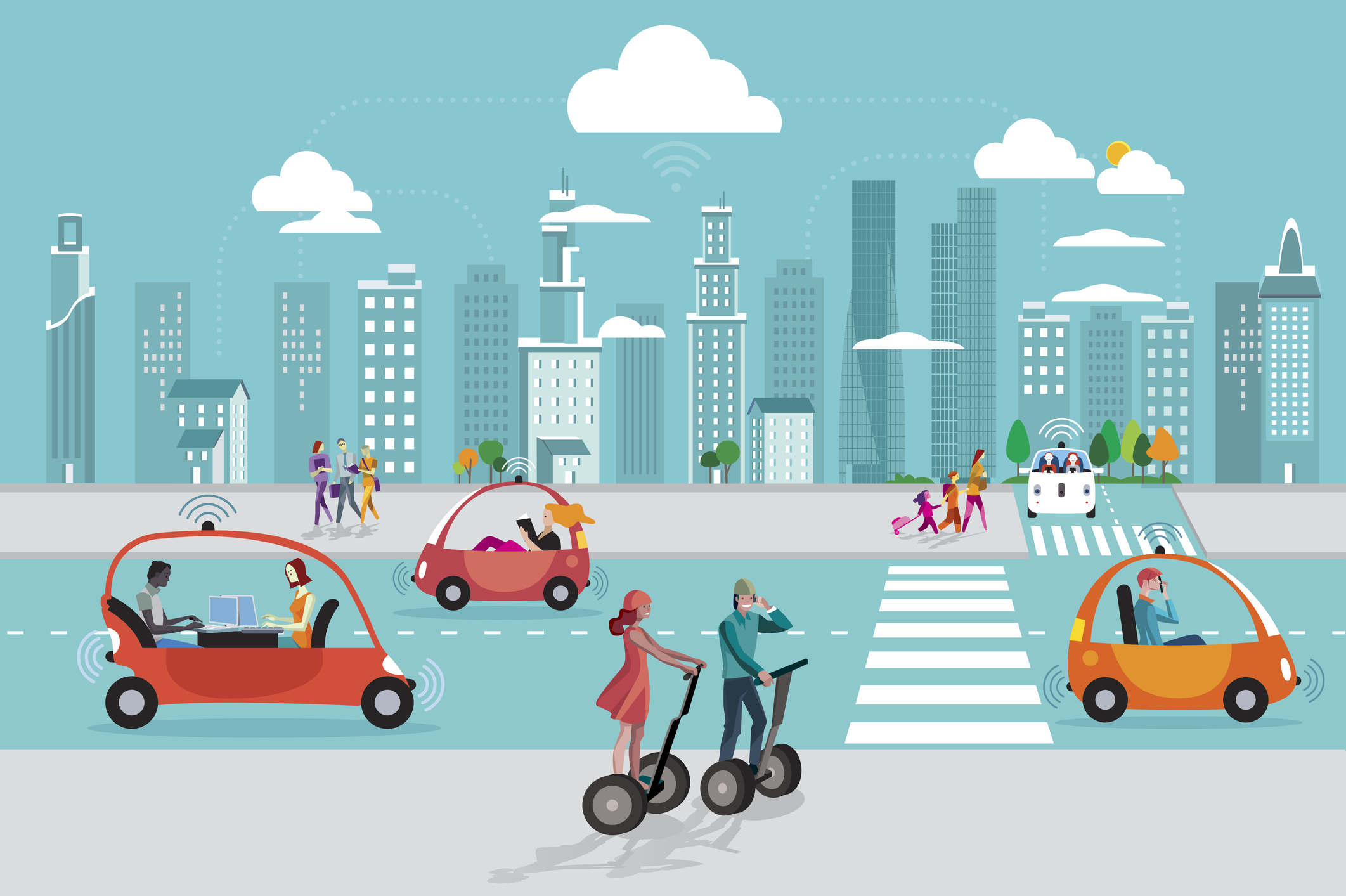
How a New Economy is Changing Insurance
As technology continues to develop at a pace that can best be described as “full speed ahead”, we have a wide range of new software applications, robotics, and services to consider. Additionally, there is a demand for sustainable business solutions with an insurance industry that is busy catching up. At the present time, we have everything from big data, self-driving cars, and sharing economy platforms that are sure to make their mark on the economy and insurance industry requirements.
Insurance Coverage Gaps
To cite a timely example of insurance coverage gaps, we find that concerns surface when you examine the sharing economy platforms for self-driving cars. With these cars, there are a number of technologies and production details that need to be integrated into insurance policies such as who is going to be held responsible in the event of an accident involving self-driving cars? Whether or not the passenger is expected to quickly move behind the wheel to avoid the accident and what happens if the self-driving car is rear ended? If the cloud-based WiFi that controls the cars cuts out, and as a result, accidents happen, who bears the responsibility? Right now, there are no answers.
According to Dr Robert A. Needham, JD PhD, some platforms may soon end up in court as a result of lawsuits for anti-trust since they don’t fit the definition of real CoOps. Dr. Needham has written several books on this subject, the latest is Collaborative Commonwealth (Amazon).
The growth of the sharing economy has had a measurable impact on many industries from education and hotel/motel chains to Juno, Uber, and Airbnb. Unfortunately, the insurance industry has been very slow to adjust to such extensive changes.
According to Deloitte, the insurance underwriting models for the future will probably involve considering new vehicle designs, safer vehicles, new customer categories, the expansion of driver-centric policies, the introduction of per-use policies and, the new sources of risk, liability, and replacement costs.
The Drone Insurance Category
Today, the use of drones, known as unmanned aerial vehicles (UAVs), is a growing category that helps to provide services in various industries. Drones are now used in agriculture, internet access, media coverage, home and business deliveries along with cell tower inspection and maintenance.
Drone History
The U.S. military had its first UAV designed for combat in 1918. This “cruise missile” nicknamed the Kettering Bug, sported 12-foot wings made of cardboard and paper mâché. It ran off of a 40-horsepower Ford engine and was essentially a flying bomb.
According to Business Insider the total drone market is close to $10 billion. Although the military market is clearly the largest market segment, the total drone market comes close to $10 billion. The commercial drone sector is expected to grow at a compound annual growth rate (CAGR) of 19% between 2015 and 2020.
In 2016, rules on commercial drone usage, clarifying the legal guidelines for drone usage during work and business applications were finally released by the Federal Aviation Administration (FAA). These rules have resulted in an increase in the industrial applications of UAV technology. If you purchase a new drone in the U.S.. with the intent of flying non-commercially, the laws have changed. According to a federal court decision in Washington, D.C.., a person no longer has to register their drone with the Federal Aviation Administration. The court ruled that the FAA’s drone registration rules, which have been in place since 2015, were in violation of a law passed by Congress in 2012. The FAA Modernization and Reform Act prohibited the FAA from passing any rules on the operation of model aircraft such as rules that restrict how non-commercial hobbyist drone operators fly their drones.
Drones used for commercial purposes, still need to be registered. Since the FAA set up its registration process in December 2015, 820,000 plus people have registered their drones. The next order of business is drone insurance. If you have purchased the drone only for recreational purposes, you should still purchase liability insurance. You can check with your home owner’s insurance carrier, but the odds of obtaining drone insurance with a homeowner’s policy are slim. Some insurance companies will only sell insurance to individuals or firm’s that plan to pilot the drone for commercial purposes.
At the present time, UAV insurance is not currently required in the U.S. for either recreational or commercial RC drone use. If you reside or work in Canada, and your job requires the commercial operation of a drone, the insurance regulations are different. In Canada, if you’re operating a commercial drone, you must be covered for at least $100,000 in liability insurance.
In some circumstances, a minimum level of insurance coverage might be required in order to accept a specific project. This clearly depends on the circumstances that might include obtaining a city film permit for an outdoor shoot on a public street or working with a larger organization that requires insurance for all of its vendors.
Frankly, in a business situation, it’s better to obtain insurance than to let things slide.
Sources
http://www.businessinsider.com/a-history-of-commercial-drones-2016-12
https://dupress.deloitte.com/dup-us-en/focus/future-of-mobility/mobility-ecosystem-future-of-auto-insurance.html?id=us:2ps:3gl:confidence:eng:cons:112816:em:3160:owHTp1lP:1009791107:161973593708:b:Future_of_Mobility:Auto_Insurance_BMM:nb



